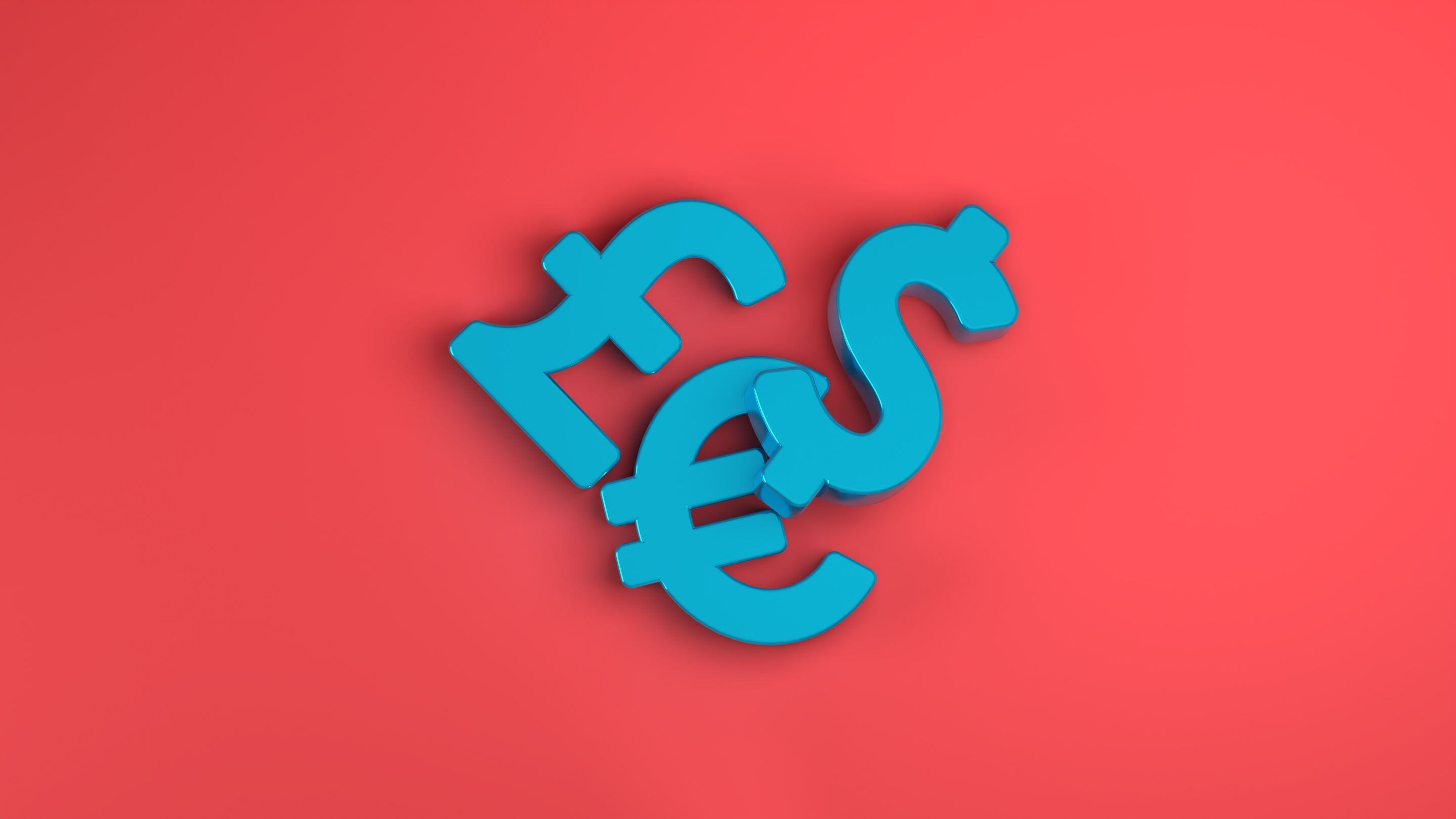Relationship-building: developing mutual trust and understanding between two individual parties.
In any relationship, whether professional or personal, this AI-delivered definition succinctly describes how developing meaningful connection takes time. And that’s why future-focused business-to-business (B2B) marketing is a strategy for the long haul.
This approach was woven through LinkedIn’s flagship marketing event, B2Believe. As the world’s largest digital professional network, LinkedIn hosted numerous sessions and discussions on how today’s B2B environment is being revolutionized through both the creator and relationship economy.
Led by experts such as LinkedIn’s Chief Economist Karin Kimbrough and Marketplace Innovation Leader & Think Tank Founder Jann Schwarz, B2Believe London sparked conversations that helped marketers think differently. A few members of our team at The Marketing Practice attended, so here are a few takeaways from this year’s sessions on building long-term partnerships for maximized impact.
Build Trust Throughout the Buyer Group
The use of generative AI continues to rise (20% increase since last year). The pace of technological change is driving clear efficiencies across the board. That being said, it’s also pivoting the market toward recognizing the continuous need for a “relationship economy.” In fact, the most in-demand human skills on LinkedIn today are communication, teamwork, leadership and problem-solving. Decision-makers need connection.
Buying groups are heavily influenced by their knowledge of and relationship with a brand. It was highlighted at B2Believe that when faced with two vendors offering a similar product at a similar price, 67% agreed they would deny the less well-known. Given that one of the biggest problems in the B2B marketplace is simply getting a group to agree, the responsibility of marketers lies with:
- Building brand familiarity across all members of the buying group (including hidden members like head of operations, head of legal, etc.)
- Understanding their emotional needs to develop content that resonates
- Simply getting the team to agree
Create Content That Matters
Every stage of a full-funnel approach to deal closing delivers value, and B2B marketers are heavily leveraging video content throughout the journey. The numbers back up why. 60% of time spent on social media today is watching videos, and viewers retain 95% of the message compared to just 10% in text ads. LinkedIn has even launched a dedicated video tab to support the growth in consumption. Versatility in the sales funnel is vital, and if B2B marketers can shift to communication formats that resonate with the target market’s emotional needs, they’ve won.
Thought leader ads are also seeing a 2.3x higher click-through-rate versus standard ads. Individuals in buying groups are interested in industry insights from credible sources, and this style establishes brands as an authority in the landscape.
When 40% of all business deals fail to materialize, meaningful brand communications can be what tips the scales to sell.
Humanize the B2B Sales Funnel
As humans, we are drawn to familiarity. It’s no secret that an authentic story can really set a brand apart. That's why 87% of buyers prefer content from trusted industry influencers and employee advocates. Given that individual employee networks are exponentially larger than their company’s, shifting focus to their value as influencers is vital.
And this isn’t limited to one stage of the funnel. 67% of buyers consume influencer content at the consideration stage. 59% during brand awareness.
The message gleaned from influencers, and trust in the brand built as a result, can be what’s mentioned at the stakeholder table.
The Art of a Long-Term Growth Engine
B2B marketers are continuously elevating strategies to reach buyers and communicate brand value effectively. In today’s digital environment, genuine connection is what sets brands apart. It’s clear that building personalized brand awareness across the buying journey solidifies a foundation for long-term investment.
And KPIs should reflect just that. If quick conversions remained at the forefront with only 20% of buyers ‘in the market’ throughout the year, opportunities are guaranteed to be missed. Brand awareness pays off and the lifetime value of the customer is what drives real revenue.
So when it’s decision-making time for buying groups, how can you make sure these elements have led your modern marketing strategy? Reach out to discuss your next approach to building sustainable relationships that win.



